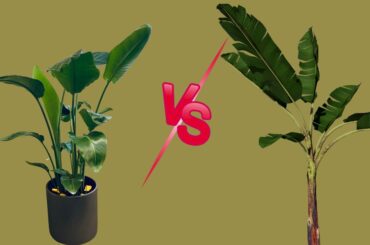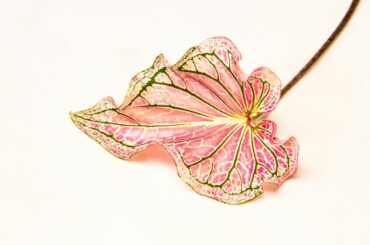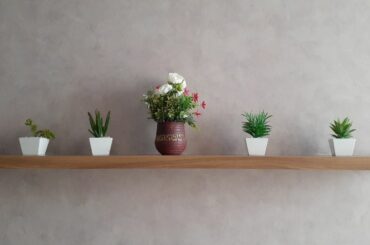There are many places on the globe where cedar trees are common, but one kind stands out as being the most common. So what is the most common cedar tree? In this article, I will give you in-depth details regarding the traits, applications, and advantages of the most prevalent cedar tree.
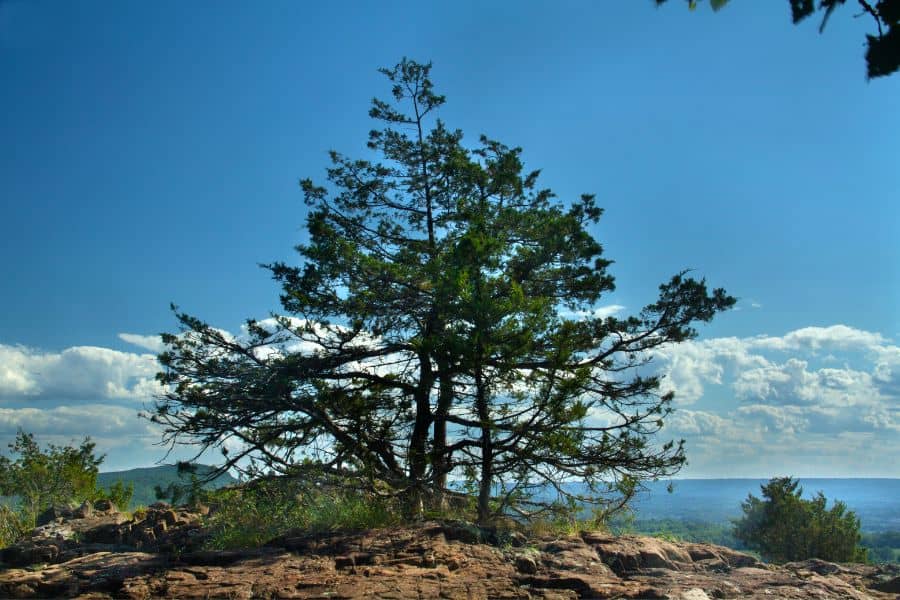
Introducing the most common Cedar tree
Contents
The Eastern Red Cedar is the most prevalent species of cedar tree in North America. Cedar trees come in a wide variety (Juniperus virginiana). Despite its name, the Eastern Red Cedar actually belongs to the juniper family and is not a real cedar tree.
Physical Characteristics:
The conical Eastern Red Cedar can grow up to 40 feet tall and has a narrow, pyramidal crown. The leaves are evergreen, scale-like, and between 1/16 and 1/8 inches long. The bark is thin and reddish-brown in color. Both the male and female cones are tiny and berry-like, and as they ripen, the female cones change color from green to bluish-purple..
Geographical Location:
From the east coast to the Great Plains, Eastern Red Cedars are mainly found in the eastern and central regions of the United States. They may grow in a number of habitats, including forests, fields, and by the sides of roads, and are tolerant of different soil types..
Uses of Eastern Red Cedar
The aromatic wood of the Eastern Red Cedar is highly prized and utilized in a variety of products. For outdoor furniture, fences, and decking, its wood’s inherent resistance to decay, insects, and weathering makes it the best choice.
A common choice for cedar chests, drawers, and closets is cedar because of its distinct aroma, which also serves as a pest deterrent for moths and other insects. Furthermore, soaps, perfumes, and other cosmetic goods are made with its oil.
The Eastern Red Cedar serves a variety of functional purposes in addition to being a decorative tree that enhances the charm of any landscape. In addition to being planted on private property, it is frequently found in parks, gardens, and other public areas.
Benefits of Eastern Red Cedar
The Eastern Red Cedar serves a variety of functional and decorative purposes in addition to offering numerous environmental and health advantages. For instance, by supporting the soil with its deep roots, it aids in preventing soil erosion and safeguarding water purity.
Many wildlife species, such as birds, squirrels, and deer, can find cover and refuge in the dense foliage of cedar trees. Also, many bird species, notably the cedar waxwing, rely on its berries as a major source of food.
Traditional medicine also makes use of the Eastern Red Cedar to cure a number of conditions, such as arthritis, asthma, and coughs. Its oil is used to treat skin disorders like eczema and psoriasis because of its antibacterial, antifungal, and anti-inflammatory characteristics..
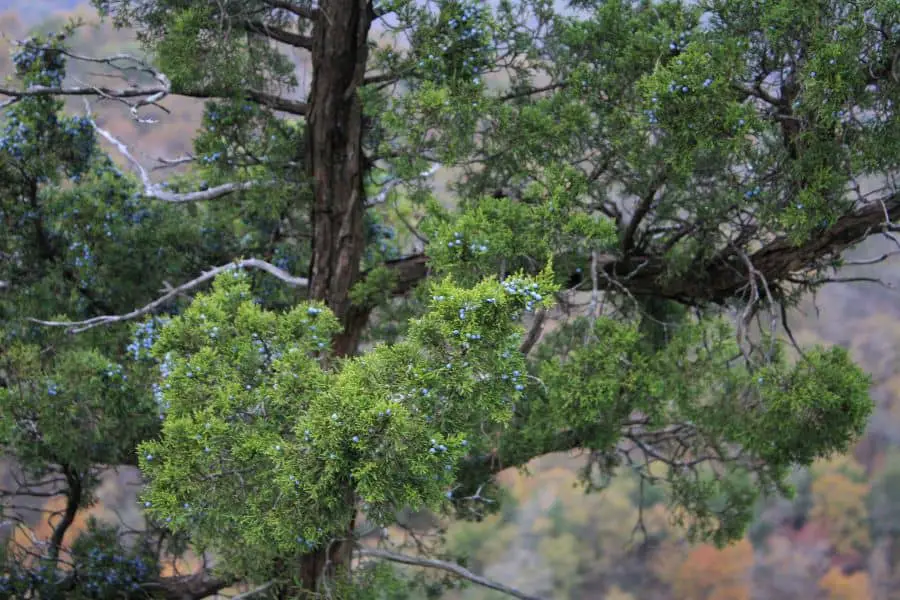
Other Types of Cedar Trees
While Eastern Red Cedar is the most prevalent type of cedar tree, there are several others with distinctive qualities and traits.
Western Red Cedar (Thuja plicata)
Native to western North America, the Western Red Cedar is valued for its sturdy, long-lasting wood in building and furniture production. It can reach heights of 230 feet and a width of 13 feet. It has long, drooping branches and reddish-brown, scaly bark..
Atlas Cedar (Cedrus atlantica)
Native to the Atlas Mountains in Morocco, the Atlas Cedar is renowned for its magnificent blue-green needles and conical shape. It may reach a height of 120 feet and is frequently used as an ornamental plant in landscaping and gardening..
Lebanon Cedar (Cedrus libani)
The Lebanon Cedar is a Mediterranean native and can reach a height of 130 feet. It is distinguished by its broad, flat-topped crown and clusters of dark green needles. The durability and aroma of Lebanese Cedar wood make it a highly sought-after material..
FAQs
What are the benefits of planting cedar trees?
cedar trees provide a variety of benefits, including shade, privacy, windbreaks, and wildlife habitat. They are also easy to grow and require minimal maintenance.
Are cedar trees resistant to pests and diseases?
Yes, cedar trees are naturally resistant to pests and diseases, making them a low-maintenance and eco-friendly choice for landscaping and gardening.
Can cedar trees be grown in containers?
Yes, cedar trees can be grown in containers as long as they are provided with adequate drainage and the right soil mix.
Conclusion
In conclusion, the Eastern Red Cedar, the most common cedar tree in North America, is widely prized for its functional, decorative, and environmental benefits. It is an excellent addition to any landscape thanks to its aromatic wood, distinctive perfume, and a host of advantages. The Eastern Red Cedar is a great option whether you want to plant a new tree, make a cedar chest, or use cedar oil for health reasons.
Read Next : Cedar Trees : A Comprehensive Guide

